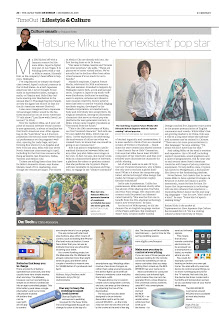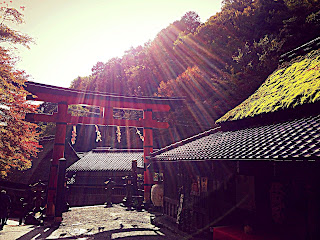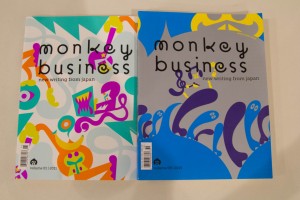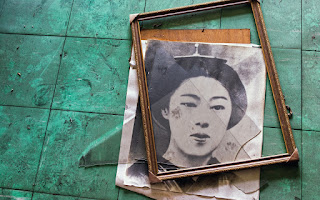Hatsune Miku to tour North America in 2016, for The Japan Times

Hatsune Miku: the ‘nonexistent’ pop star By ROLAND KELTS My 2015 kicked off with a January concert by Hatsune Miku, Japan’s digital pop star, in Las Vegas. It is wound down with a visit to Miku’s creator, Hiroyuki Itoh, at his company’s head office in Sapporo, Hokkaido. I’ve long learned to temper my skepticism toward Japan’s cultural presence in the United States. As a half-Japanese American kid, I never thought I’d see sushi in supermarket aisles, manga in malls, or Pikachu and Hello Kitty balloons soaring over Manhattan in the annual Macy’s Thanksgiving Day Parade, as they did again last year in that distinctly American matsuri (festival). I also never imagined that a Japanese virtual singer (Miku) would be the featured musical act on an iconic American TV talk show (“Late Show with David Letterman” in 2014). Now the resilient Miku, an 8-year-old piece of musical software whose content is user-generated, is about to headline her first North American tour.

























